Cape Hare
- December 26, 2023
- 0 comment
The Cape Hare, scientifically known as Lepus capensis, is a fascinating mammal that inhabits various regions across Africa and parts of the Middle East. Identified by its distinctively long ears and slender body, the Cape Hare is often confused with rabbits, yet it belongs to the hare family. This species has adapted well to diverse habitats, ranging from grasslands to deserts, showcasing its resilience and versatility. One notable characteristic is its exceptional speed, a crucial defense mechanism against predators. The Cape Hare’s legal status varies across its range, with some populations facing threats due to habitat loss and hunting, while others benefit from conservation efforts.
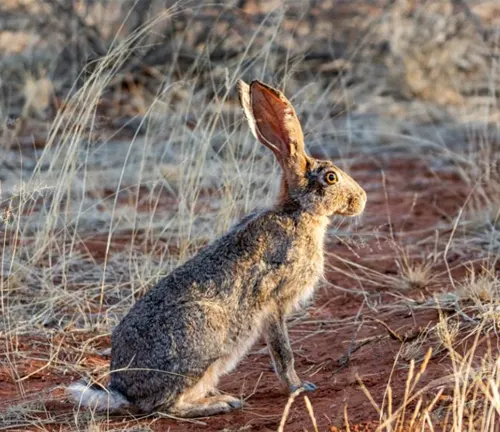
Conflicts surrounding the Cape Hare arise primarily from its interactions with agricultural activities. Farmers may view these hares as pests, as they occasionally feed on crops, leading to conflicts over land use and crop protection. Striking a balance between human interests and wildlife conservation remains a challenge in regions where Cape Hares coexist with agricultural communities.
In terms of identification, the Cape Hare can be distinguished by its overall size, coloration, and the length of its ears. Typically nocturnal, these hares display a keen sense of hearing and are adept at evading predators under the cover of darkness. Their fur coloration varies, providing effective camouflage in different environments.
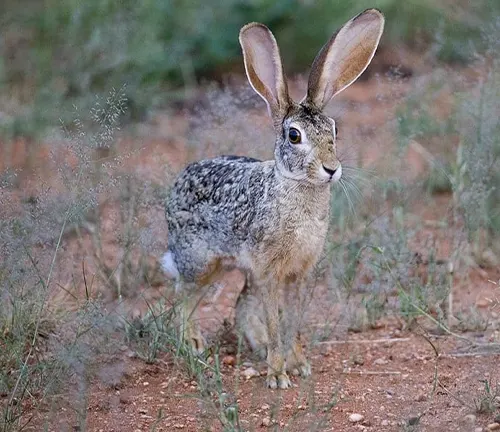
The species range of the Cape Hare spans from South Africa to the Arabian Peninsula, highlighting its adaptability to a broad spectrum of ecosystems. This distribution underscores the importance of considering regional differences when addressing conservation concerns and implementing protective measures.
Health and safety concerns related to the Cape Hare primarily revolve around disease transmission, as these animals can carry certain parasites. Although the risk of transmission to humans is generally low, maintaining awareness of potential health issues is essential, particularly in regions where human and Cape Hare interactions are common. Conservation initiatives, education, and sustainable land management practices are crucial to ensuring the continued coexistence of Cape Hares and human communities while preserving the biodiversity of their habitats.
| Category | Specification |
|---|---|
| Scientific Name | Lepus capensis |
| Common Name | Cape Hare |
| Physical Characteristics | Long ears, slender body, fur coloration varies |
| Size | Varies, generally medium-sized |
| Habitat | Grasslands, deserts, diverse ecosystems |
| Activity | Nocturnal, adept at evading predators |
| Speed | Exceptionally fast, crucial for defence |
| Range | Africa, Middle East (South Africa to Arabian Peninsula) |
| Legal Status | Varied, may face threats in some regions |
| Conflicts | Agricultural conflicts due to crop feeding |
| Health Concerns | Potential for carrying certain parasites |
| Conservation | Conservation initiatives and sustainable practices |
| Interactions | Coexistence with human communities |
A Fascinating Glimpse into its World
General Biology
The Cape Hare, scientifically known as Lepus capensis, is a captivating creature with a diverse range that spans from the enchanting landscapes of South Africa to the arid expanses of the Arabian Peninsula. This medium-sized mammal is characterized by its distinctive long ears and sleek, slender body. As a member of the hare family, it shares similarities with rabbits but holds its unique place in the ecosystem.

Reproduction
One of the most intriguing aspects of Cape Hare biology is its reproductive strategy. These hares exhibit a prolific breeding pattern, with females capable of producing several litters each year. The reproductive cycle is intricately linked to environmental conditions, ensuring the survival of the species in a variety of habitats. Understanding their reproductive habits is key to appreciating the dynamics of Cape Hare populations.
Behavior
Nocturnal by nature, Cape Hares are masters of adaptation to their surroundings. Their behavior is marked by agility and speed, crucial for evading predators in the cover of darkness. Observing their social interactions and daily routines provides valuable insights into the complex dynamics of their lives.

Nesting/Denning Cover
Cape Hares are resourceful when it comes to finding nesting and denning cover. These creatures often utilize the natural features of their habitat, such as tall grasses or burrows, to create secure spaces for breeding and shelter. Investigating their choice of nesting or denning cover unveils the clever strategies they employ to ensure the safety of their offspring.
Habitat
From grasslands to deserts, Cape Hares demonstrate an impressive adaptability to diverse habitats. Exploring their habitat preferences unveils the intricate relationship between these hares and their surroundings. The conservation of these ecosystems becomes paramount to safeguarding the Cape Hare’s existence.
Food Habits
A peek into the dietary habits of Cape Hares reveals their role as herbivores. These creatures play a vital role in maintaining the ecological balance by consuming vegetation. Understanding their food preferences and foraging behaviors is essential for comprehending their impact on local ecosystems.

Voice, Sounds, Tracks, and Signs
While Cape Hares are not known for vocalizations, they communicate through various non-vocal cues. Examining their tracks and signs in the environment offers a window into their daily lives. Understanding these subtle signals provides valuable information about their presence and behavior, aiding researchers and enthusiasts alike in deciphering the mysteries of the Cape Hare.
Understanding the Impact on Environments and Agriculture
Damage Identification
The Cape Hare, a fascinating creature thriving in various landscapes, can sometimes pose challenges to both natural environments and human activities. Identifying the nature and extent of the damage caused by Cape Hares is crucial for implementing effective management strategies. This article explores the different aspects of damage identification associated with these hares.
Damage to Landscapes
Cape Hares, while contributing to the biodiversity of their habitats, can also impact landscapes through their feeding habits and burrowing activities. Understanding how their presence affects the terrain, vegetation, and overall ecosystem is essential for maintaining a balanced and healthy environment. Exploring the consequences of Cape Hare activity on landscapes sheds light on the intricate interactions between these creatures and their surroundings.
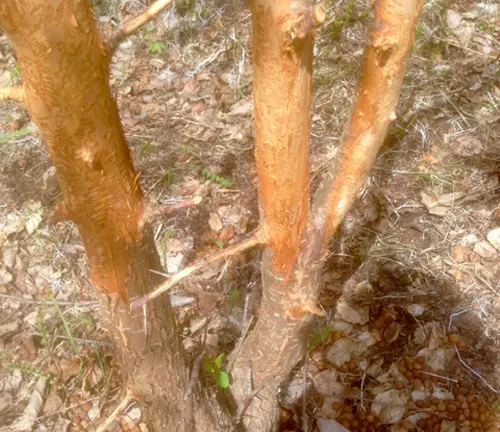
Damage to Crops and Livestock
For agricultural communities, Cape Hares can be a double-edged sword. While their presence in natural ecosystems is vital, the same cannot be said for crops and livestock. This section delves into the specific challenges faced by farmers, ranging from crop damage caused by Cape Hares feeding on vegetation to potential conflicts with livestock. Examining the nuances of the damage inflicted on agricultural practices provides insights into finding sustainable solutions for coexistence.
Damage to Structures
Beyond landscapes and crops, Cape Hares can also impact human infrastructure. Burrowing habits may lead to structural damage, particularly in regions where their populations are concentrated. Understanding the implications of Cape Hare activities on buildings, fences, and other structures is vital for implementing preventative measures and minimizing potential conflicts with human communities.
Mitigating Challenges Through Effective Damage Prevention and Control Methods
Damage Prevention and Control Methods
As the presence of Cape Hares can pose challenges in various environments, implementing effective damage prevention and control methods is essential for maintaining a harmonious balance between the needs of these creatures and human activities. This article explores a range of strategies designed to mitigate conflicts and protect both natural landscapes and agricultural interests.
Habitat Modification
One key approach to minimizing conflicts with Cape Hares involves habitat modification. Understanding the preferences and requirements of these hares enables us to make targeted changes to the environment, discouraging their presence in areas where conflicts are likely to arise. This section delves into the various ways in which habitat modification can be employed to create a more favorable balance between Cape Hares and their surroundings.
Exclusion
Exclusionary methods play a vital role in preventing Cape Hares from accessing specific areas or resources. From fencing to other physical barriers, these strategies aim to create boundaries that limit the impact of Cape Hares on crops, landscapes, and structures. Examining the effectiveness of exclusionary measures sheds light on their practicality in different scenarios.

Frightening Devices
Incorporating frightening devices into damage prevention strategies involves using auditory or visual stimuli to deter Cape Hares from specific locations. Understanding the behavioral responses of Cape Hares to these devices is crucial for designing and implementing effective and humane deterrents. This section explores the various frightening devices that can be employed and their impact on Cape Hare behavior.
Repellents
Repellents offer a chemical approach to deterring Cape Hares from certain areas without causing harm. Exploring the different types of repellents and their application methods provides valuable insights into the potential success of these substances in preventing damage caused by Cape Hares.
Toxicants
While considered a more drastic measure, the use of toxicants is sometimes employed to control Cape Hare populations in specific situations. This section delves into the considerations and ethical aspects surrounding the use of toxicants, emphasizing the importance of responsible and targeted applications.
Shooting
In regions where other methods may prove impractical, controlled shooting may be considered as a means of managing Cape Hare populations. This article examines the challenges and benefits associated with this method, emphasizing the need for adherence to ethical and legal guidelines.
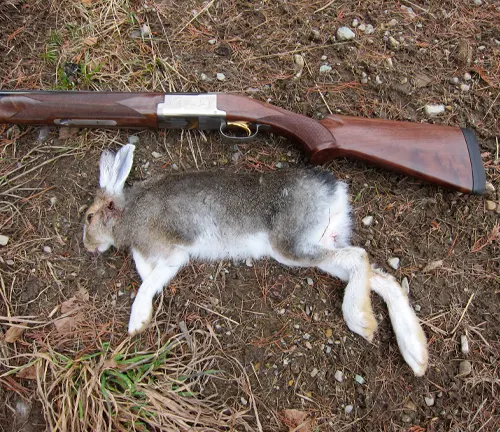
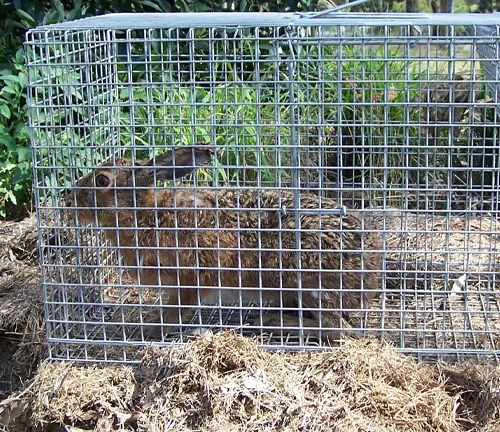
Trapping
Trapping is a targeted and humane approach to managing Cape Hare populations. This section explores different trapping methods, assessing their efficacy and considering the welfare of the hares during the trapping process.
Different Species
Abyssinian Hare
(Lepus habessinicus)
Found in parts of East Africa, including Ethiopia and Sudan, the Abyssinian Hare is adapted to various habitats, from grasslands to rocky areas.
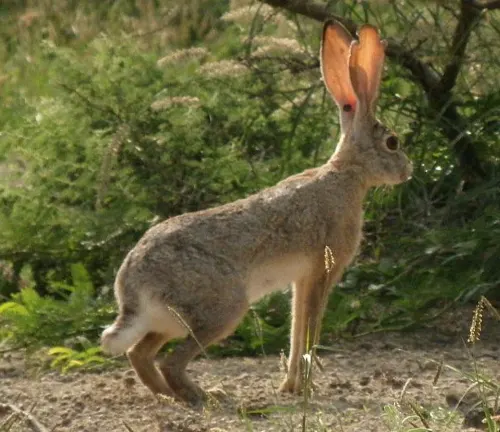
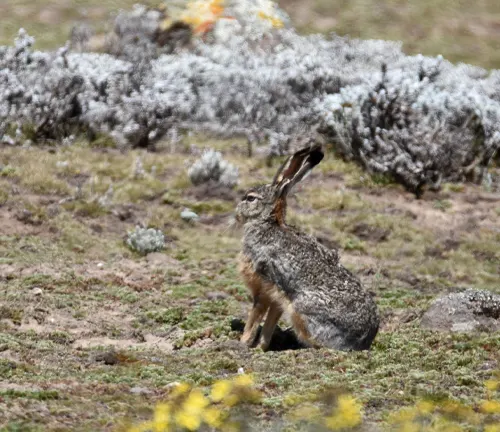
Ethiopian Highland Hare
(Lepus starcki)
Endemic to the Ethiopian Highlands, this hare species is adapted to high-altitude environments, displaying unique characteristics in its fur coloration.
Arabian Hare
(Lepus capensis arabicus)
A subspecies of the Cape Hare, the Arabian Hare is found in the Arabian Peninsula, inhabiting arid and desert regions.


European Hare
(Lepus europaeus)
While not within the typical range of the Cape Hare, the European Hare is noteworthy for its wide distribution across Europe and parts of Asia. It is a distinct species from the Cape Hare.
Black-tailed Jackrabbit
(Lepus californicus)
Native to North America, this jackrabbit species is not closely related to the Cape Hare, but it is another example of a hare species in a different geographical region.
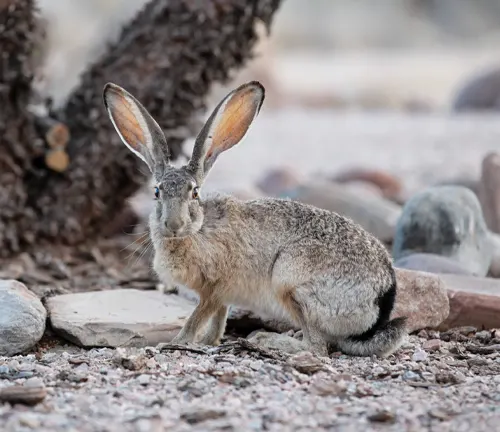
Frequently Asked Questions (FAQs)
- What is a Cape Hare?
This question seeks a basic understanding of what Cape Hares are, including their classification, appearance, and behavior. - Where are Cape Hares typically found?
Exploring the geographic distribution of Cape Hares and the types of environments they inhabit falls under this question. - How do you distinguish Cape Hares from rabbits?
Understanding the differences between Cape Hares and rabbits in terms of physical characteristics and behavior is commonly asked. - What do Cape Hares eat?
Inquiries about the dietary habits of Cape Hares, including their preferred food sources, are common among those seeking to understand their ecological role. - How do Cape Hares reproduce?
Questions about the reproductive habits of Cape Hares, including mating behaviors and litter sizes, are frequently asked. - What is the lifespan of a Cape Hare?
Understanding the average lifespan of Cape Hares in the wild and the factors influencing their longevity is a common topic. - Are Cape Hares endangered or threatened?
This question addresses the conservation status of Cape Hares, including any potential threats to their populations. - What are the predators of Cape Hares?
Inquiries about natural predators and threats to Cape Hares in their ecosystems are often raised. - How can Cape Hares impact agriculture?
Questions related to the potential conflicts between Cape Hares and agricultural activities, such as crop damage, are common. - What are the conservation efforts for Cape Hares?
This question explores ongoing initiatives and strategies aimed at preserving Cape Hare populations and their habitats. - Are Cape Hares kept as pets?
Some individuals might be curious about the feasibility and legality of keeping Cape Hares as pets. - How can conflicts between Cape Hares and human activities be managed?
This question seeks information on practical approaches to mitigating conflicts in situations where Cape Hares interact with human interests, such as agriculture.




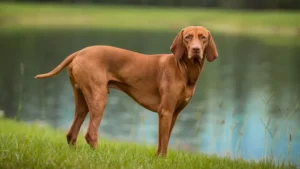
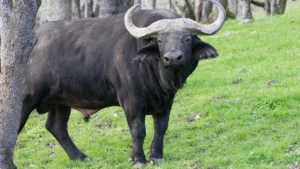
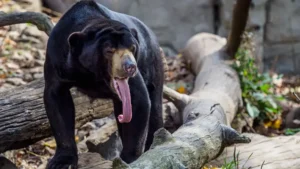
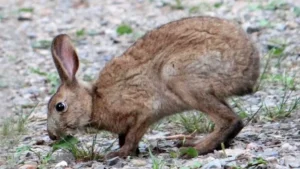
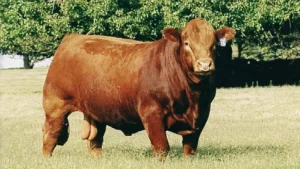
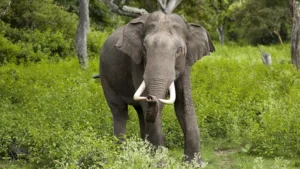
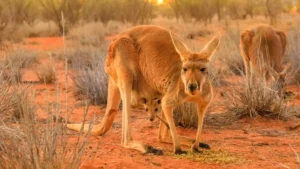

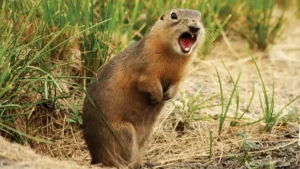
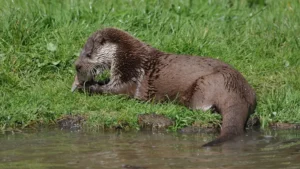
Leave your comment